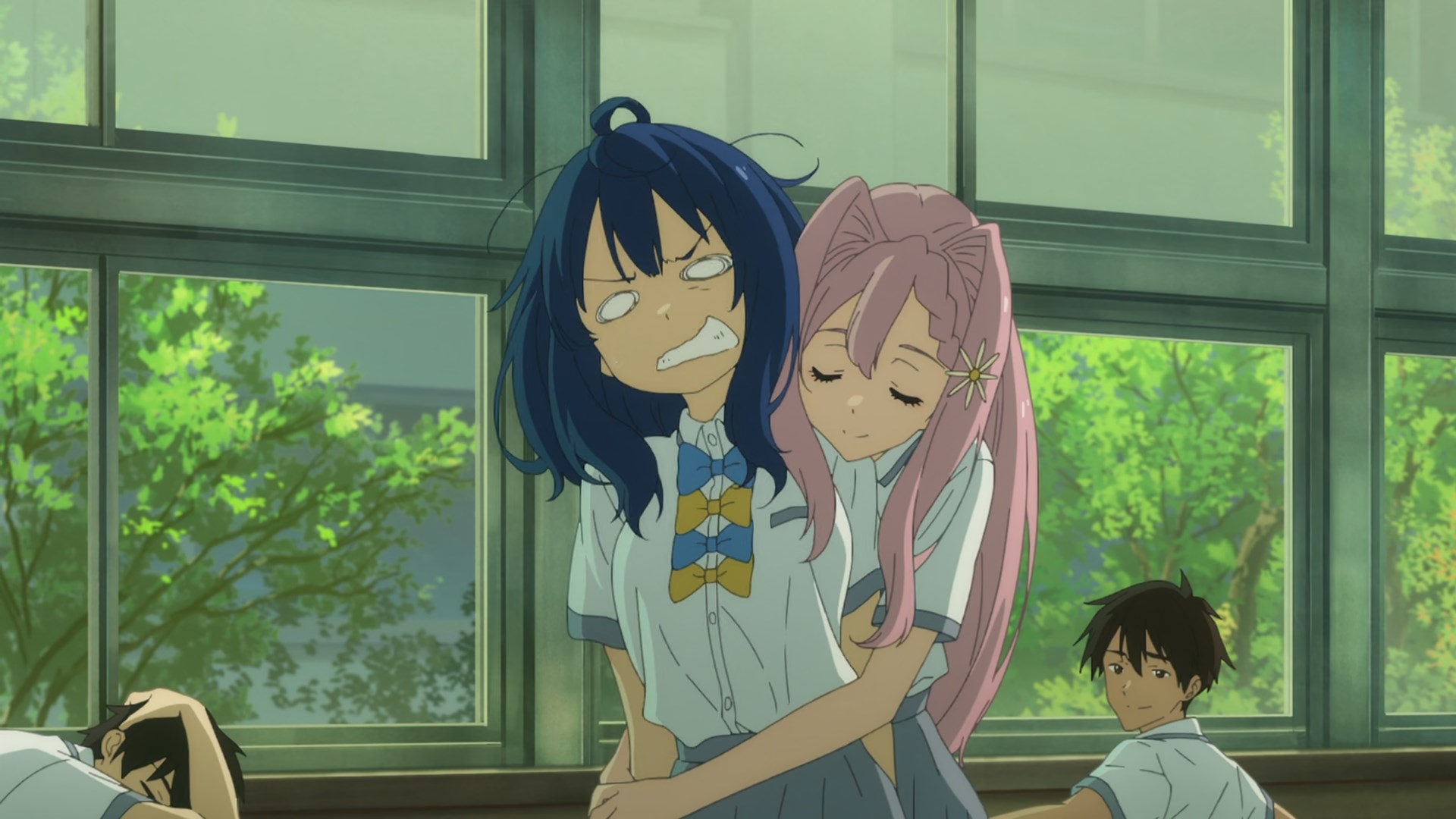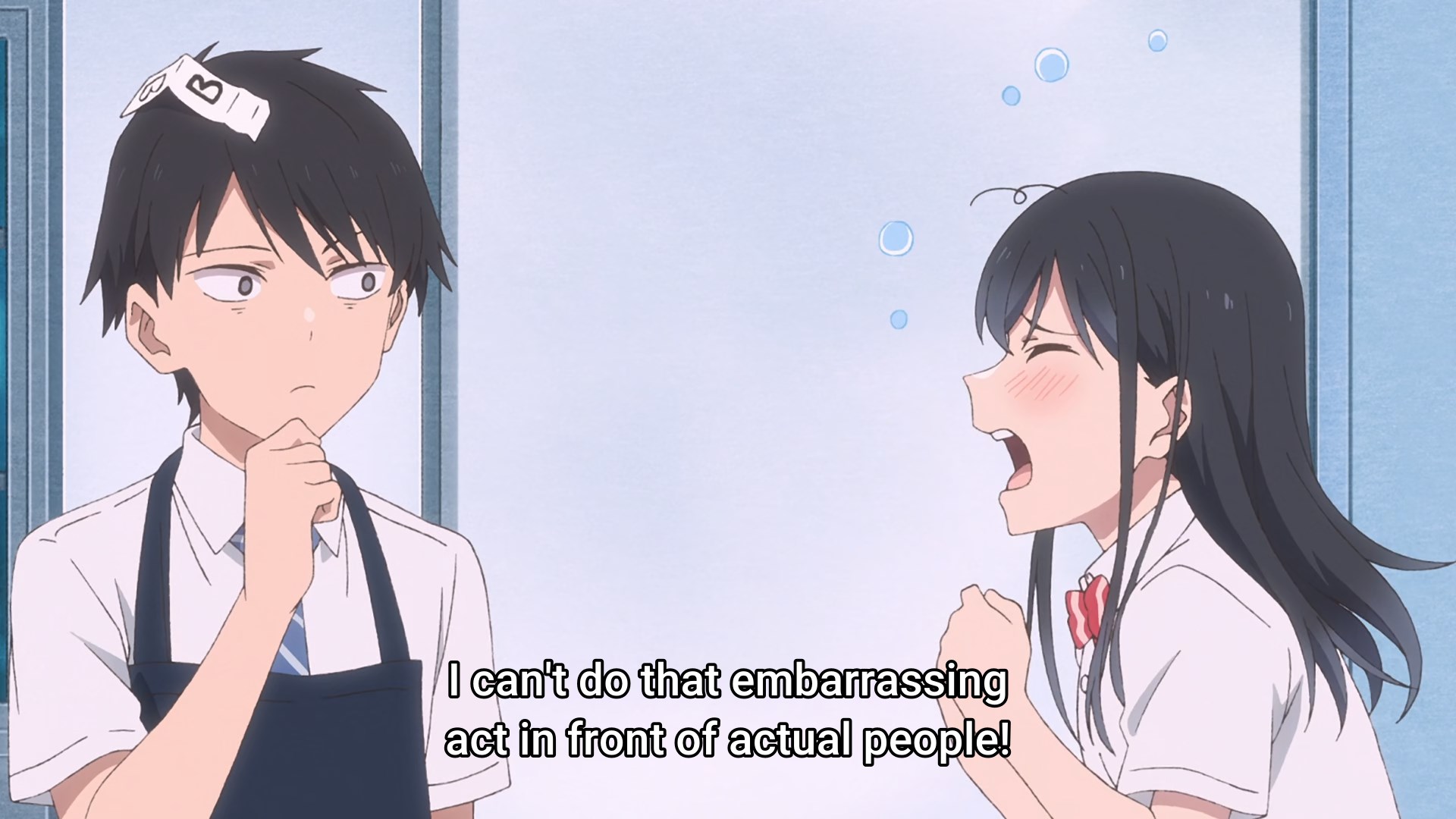When you go to a family restaurant to read the latest romance novel you’re into, see a classmate get dumped in front of you and then see the most cringe of down bad scenes play out in front of you as she drinks his leftover cola to get that indirect kiss and worse — you make eye contact:
Make Heroine ga Oosugiru (Too Many Losing Heroines opens strong and even better, continues to be funny as Nukumizu Kazuhiko gets further involved with the girl he watched being dumped by her childhood friend for the transfer student he only knew since last May. Nukumizu may want to have nothing to do with her, but Yanami Anna thinks otherwise. Being neither a friend nor acquaintance she can vent to him without embarassment. Nukumizu has no choice but to put up with it, as she owns him money for the food he bought her after he caught her slurping her crush’s leavings. Which she intends to pay back by making lunches for him every day.

Anna is trapped in a manga romcom, with her crush Sosuke and Karen his girlfriend see her as their dear (not deer) friend who they want to keep hanging out with as if nothing has changed. Hell for Anna of course and an indirect taste of hell for Nukumizu as he has to listen to her telling him about it. As a viewer though it was hilarious. Both the voice acting and character animation are on point and it’s such a relief to get some competent cinematography as well. This whole episode was an excellent balancing act between the humour in the absurd situation both find themselves in and the ongoing romcom they’re reacting to. As kViN put it on Twitter:
This is a series with two sides that work surprisingly well together: one that’s irreverent and toys with genre conventions, but another one that’s unashamedly in love with the concept of romcoms.
Make Heroine ga Oosugiru works because it’s not afraid or disdainful about being an anime romcom while making fun of its cliches. I actually like it better than the source manga, which wasn’t as funny to me. The only thing that bothered me here were the multiplying bowties on the girls’ uniforms. Even for anime school uniforms they make no sense.



